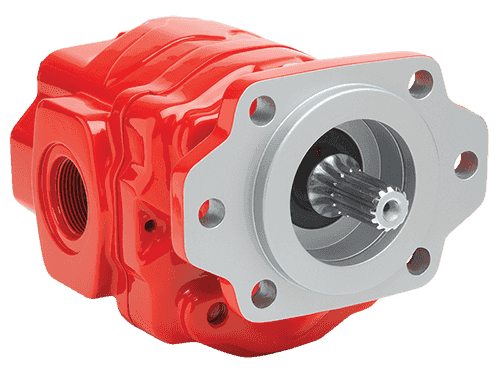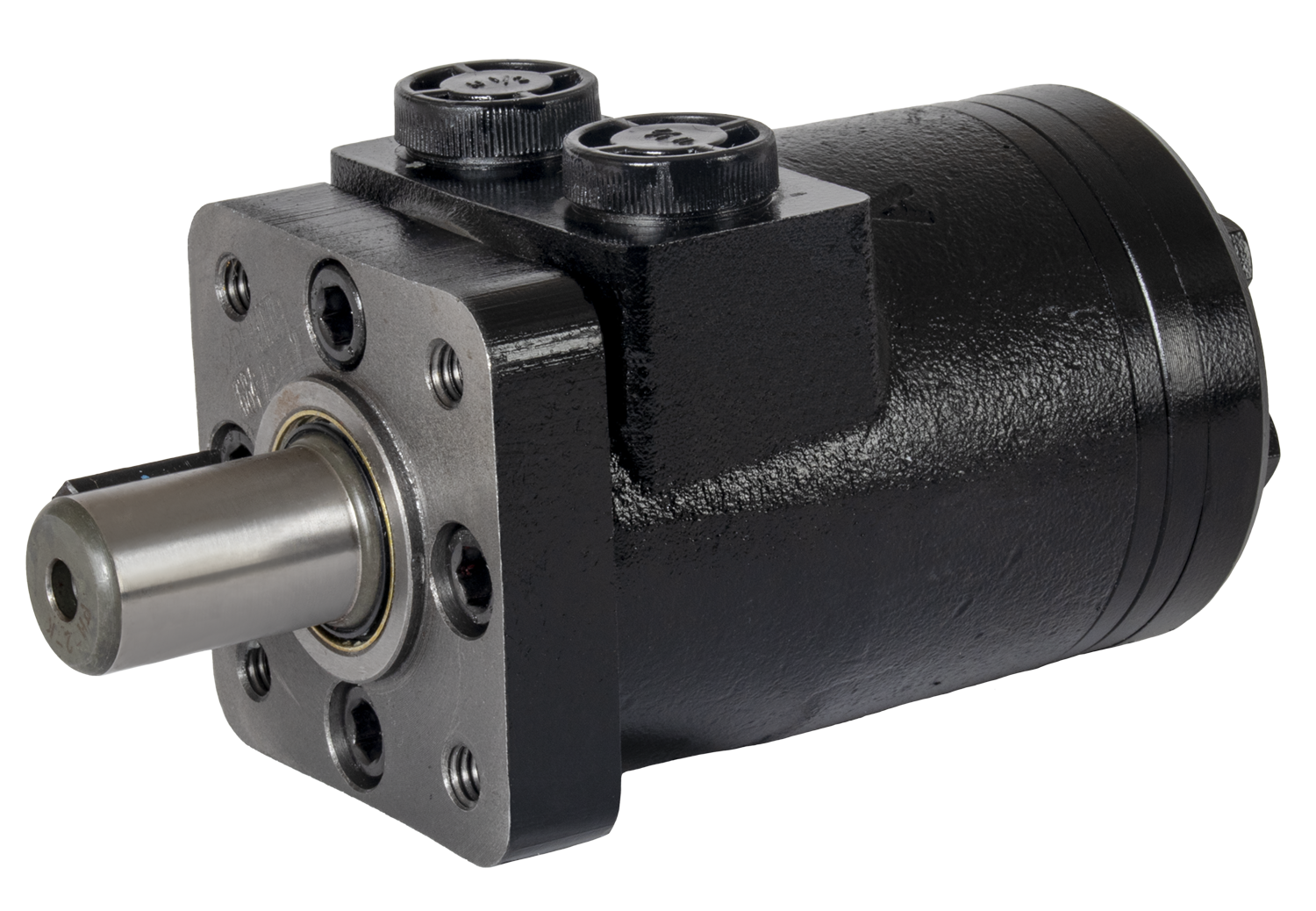Hydraulic Pumps vs. Motors
Updated July 8, 2020
A work truck’s hydraulic system includes a hydraulic pump and, depending on the application, a hydraulic motor. Common hydraulic motor applications include winch trucks, wreckers, and cranes. While these components work together to perform the work, each serves a different purpose within the hydraulic system.

Hydraulic Pumps
A hydraulic pump is a component within the hydraulic system that converts the mechanical energy from the prime mover (a turning force) into fluid energy in the form of oil flow. The rate of the oil flow is expressed in gallons per minute (GPM), which determines the speed at which the system will operate. There are various types of hydraulic pumps including gear, piston, vane, and more.
 Hydraulic Motors
Hydraulic Motors
Along with cylinders, hydraulic motors are the actuators of the hydraulic system. An actuator is a hydraulic component that performs the physical work within the system. A motor converts the fluid energy created by the hydraulic pump into mechanical energy to perform the physical work. Like the hydraulic pump, motors can be of gear, vane, or piston design; however, the most common is the gerotor design.
Working Together
In a hydraulic system, the hydraulic pump converts mechanical energy into fluid energy in the form of oil flow. The oil flow created by the hydraulic pump is then directed to the motor through the system’s valve—such as a directional control valve, flow divider, or selector valve. Once the oil flow reaches the motor, the motor converts the fluid energy into mechanical energy to perform the physical work.
Simply put, these two components do the opposite of one another as one converts mechanical energy to fluid energy and the other, vice versa. Each of these components, while serving different purposes, rely on one another to successfully perform the work of the hydraulic system.


